Wait- there’s a reason why the Ancient Egyptians coloured their art in a funky way?
In Ancient Egypt, art decorated Ancient Egyptians’ houses to tombs. Colours made from minerals and semi-precious stones were used to colour them. Their use of colour was highly symbolic. Every colour used in paintings served a meaning which told a story.
They used six main colours; the ancient names listed after the colour.
Red ( “desher”), green ( “wadj”), blue ( “irtyu”), yellow ( “khenet”), white (“hedj”) and black ( “kem”).
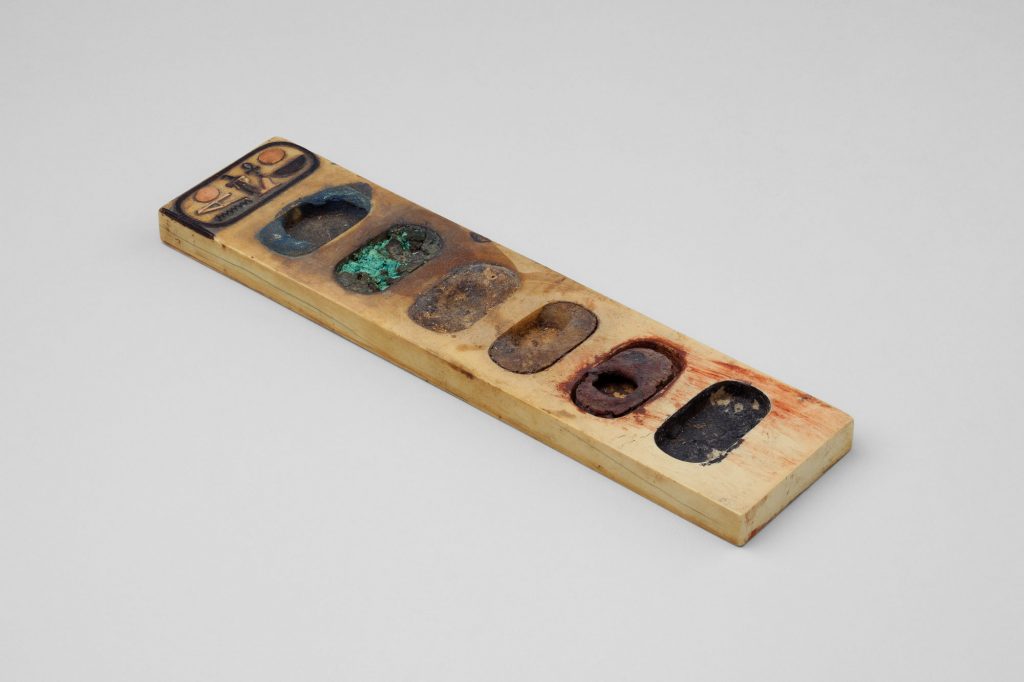
These colours represented people, characteristics, and things found in nature. A summary of the colours and their meanings and how they were used in art follows.
Red symbolized chaos, fire, and anger. This colour was associated with the god of storms and chaos, Set, who had red hair. He was also associated with the desert which was believed to be the entrance to the underworld- therefore making the colour red be associated with death as well. Additionally, red can represent victory as a result of Set defeating an evil being called Apep. Egyptian men were painted with red skin, which was standard protocol.
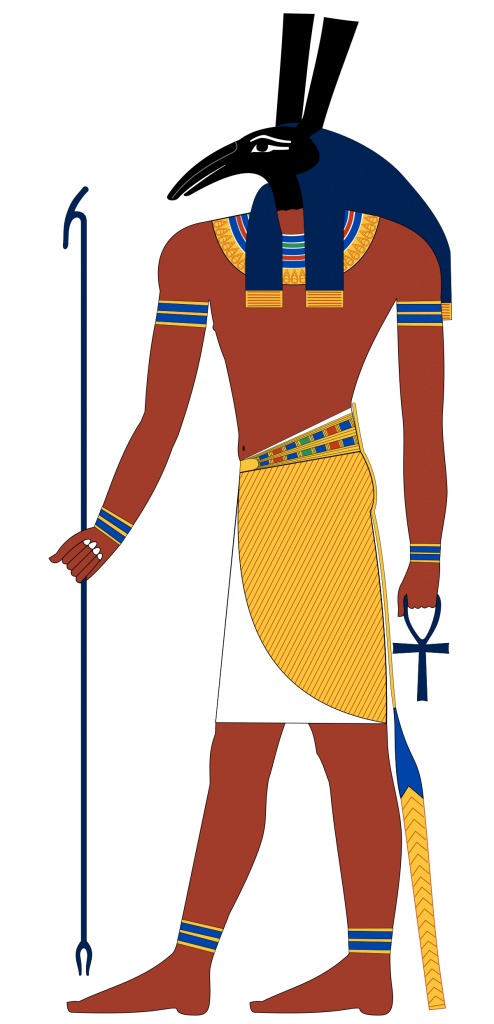
Green symbolized growth and vegetation, life and resurrection (which could also be represented by black). Osiris, the Egyptian god of fertility, the underworld and the afterlife was often depicted with green skin.
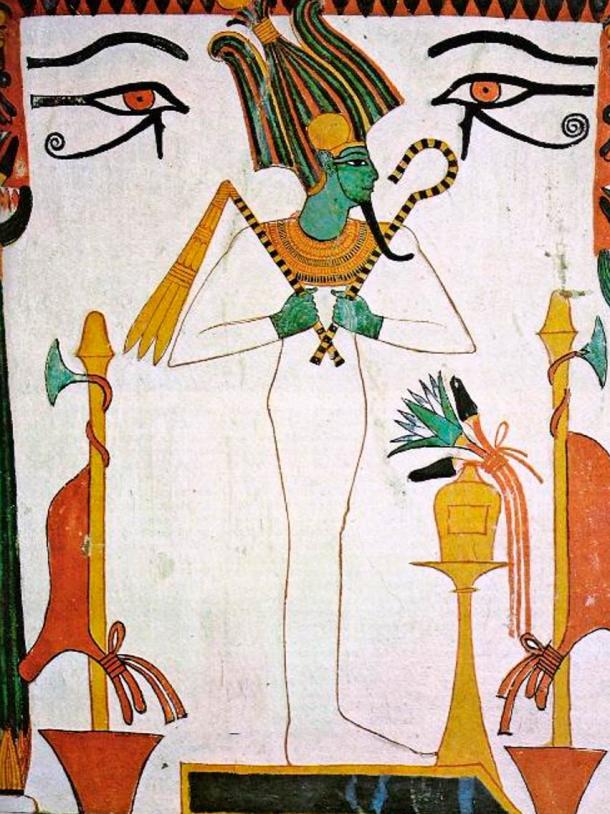
Blue, commonly known as “Egyptian Blue” was very popular.. It was the colour of the heavens and the water. Blue was, of course, the colour of the Nile River which symbolized fertility, growth and birth. Amon, the god of Egypt, was often portrayed with a blue face to show that he had a role in the creation of the world. Some Pharaohs (Supreme leaders of the land) that were associated with Amon were shown to have blue faces or hair in art.
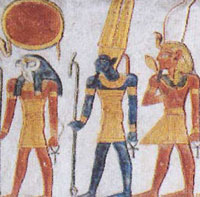
Yellow, the colour of the sun and gold, symbolized eternity, perfection and being indestructible. It was also used to colour the skin of women, who spent more time indoors. Egyptian gods were believed to have skin and bones of gold and were often portrayed having gold skin in sculptures and paintings
White symbolized purity, clarity and simplicity. During holy rituals, white clothing was worn. Sacred animals such as oxen and cows were white. White was also used to depict clothing and other objects which associate the colour to everyday life. However, white was usually used to bring attention to the important aspects of a painting.
Black symbolized darkness and the underworld. It also represented both life and death. Osiris, the god of the underworld was called “The Black One” so the colour black was associated with death as well. One may not expect it, but black also symbolized fertility and life, similar to the colour green. This is because the black silt of the Nile was used for agriculture and nourished the people. Black was used as the standard hair colour in paintings, and was used to represent the Nubians and Kushites, people from the south.
Red and white were paired as they were opposites. These colours were featured of the double crown of Egypt, which represented the two regions of Egypt coming together as one.
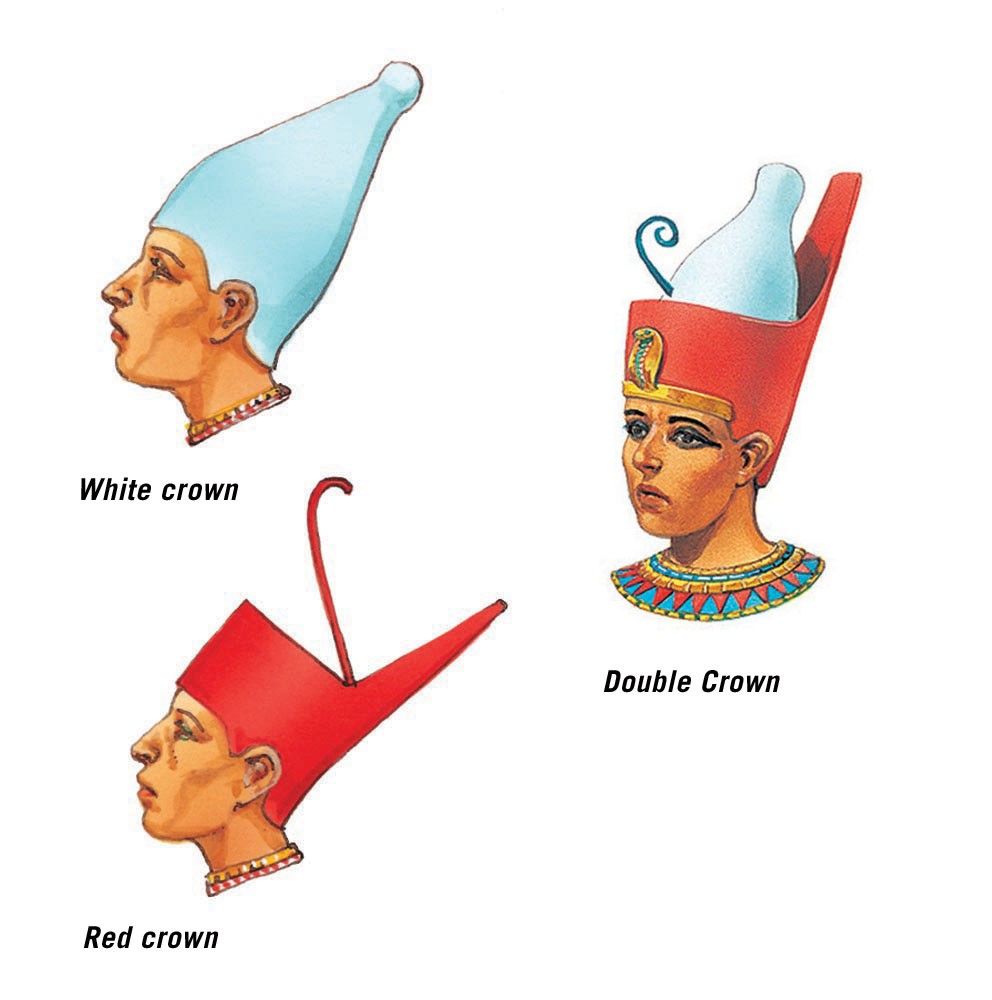
Sources:
https://www.ancient.eu/article/999/color-in-ancient-egypt/
https://www.thoughtco.com/colors-of-ancient-egypt-43718
http://www.egyptianmyths.net/colors.htm
